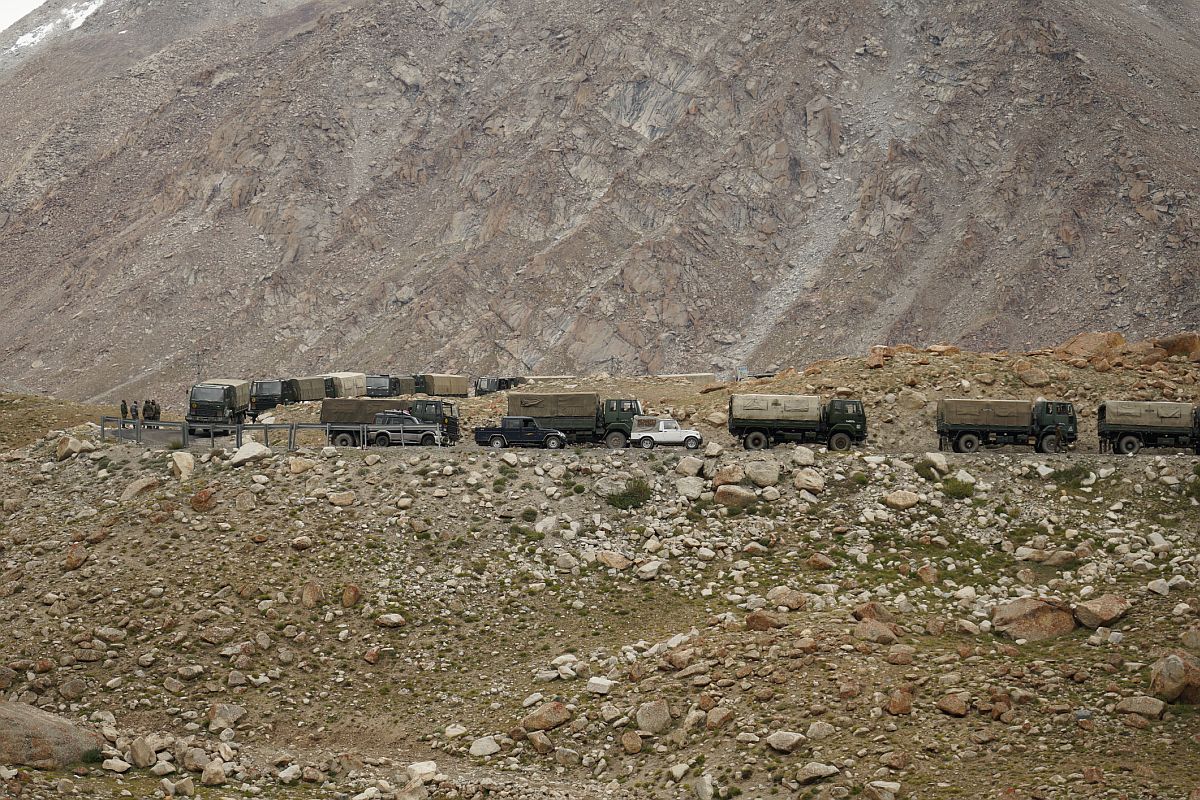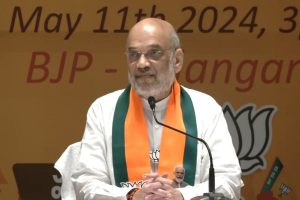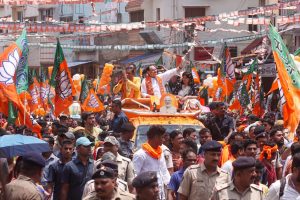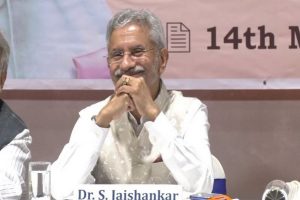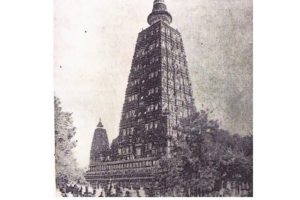The military representatives of India and China met Saturday morning to discuss disengagement in the Depsang plains north of Galwan area near the Line of Actual Control (LAC) in eastern Ladakh.
The Major General-level talks between Indian and Chinese armies is taking place at Daulat Beg Oldie for the de-escalation of troops and material in the Depsang plains.
General Officer Commanding of 3 Mountain Division, Major General Abhijit Bapat, is leading the talks from the Indian side.
The main agenda of the meeting is to address the situation in the Depsang plains that has seen big mobilisation of around 15,000 Chinese troops opposite Depsang.
The Depsang plains is a table-top plateau to the north of Galwan and remains a major hotspot due to its strategic location since it provides access to the logistical hub and airstrip at Daulat Beg Oldie and the critical Karakoram Pass in the north.
The meeting will seek to work out a system of pulling back troops and de-escalation from the 900 sq km plains situated at an altitude of 16,000 feet.
The Indian Army holds a majority of the Depsang plains area while the People’s Liberation Army holds its eastern edge. Chinese troops are concentrating on an area called ‘Bottleneck’, 25 km from the strategic airfield at Daulat Beg Oldie.
The troops on either side are denying patrolling rights to each other in the “grey zone” areas, where the perception of the Line of Actual Control varies by several kilometres.
Saturday’s meeting is the outcome of the Lieutenant General-level meetings, five of which have been conducted since June 6.
Depsang plains has seen two major stand-offs in 2013 and 2014, besides dozens of face-offs annually when the troops of the two countries come close while patrolling.
Meanwhile, the disengagement process has been reportedly stalled and differences have emerged between India and China on the status and claims even as military commanders of the two sides continue discussions on disengagement in eastern Ladakh.
At the fifth Corps Commander-level meeting on August 2, India witnessed China’s non-committal for a complete disengagement at the border and the talks remained unsatisfactory with the Government directing its armed forces to prepare for a long haul.
China, during the talks, had asked India to move back from its present military position north of the Pangong Tso Lake in eastern Ladakh to break the deadlock in the disengagement process along the Line of Actual Control (LAC).
However, India has firmly told China that it will not move back its troops from the crucial position.
India has been insisting that China must withdraw its forces from areas between Finger-4 and 8. The mountain spurs jutting into the lake are referred to as ‘Fingers’ in military parlance.
At a review meeting on Tuesday afternoon in the South Block over the fifth round of Corps Commander-level talks, it was decided that there was no question of diluting India’s stand.
It was also discussed that Beijing has started troop and material build-up in depth areas across the 3,488-km Line of Actual Control (LAC).
India had urged China to remove forces from Pangong Lake and Gogra where disengagement has not taken place.
At Pangong Lake, China has strengthened their positions between Finger-5 and 8, and India is to take up this move very strongly.
The PLA has refused to pull back eastwards from the 8-km stretch it has occupied from Finger-4 to Finger-8 by building scores of new fortifications there since early May.
The Chinese troops are also in Depsang which continues to block Indian soldiers from going to their traditional patrolling in the region.
At the fourth meet on July 14, the Indian side had asked PLA troops to completely withdraw from Pangong Lake and Depsang area.
The countries are locked in a three-month-long stand-off at multiple points, hitherto unprecedented along the border.
China had changed the status quo on the LAC at various places, moving inside the Indian territories. India has objected to it and is taking up the matter with China at all levels.
The troop disengagement has happened only at patrolling point-14 in Galwan Valley, the site of the June 15 clashes, and patrolling point-15 in Hot Springs.

